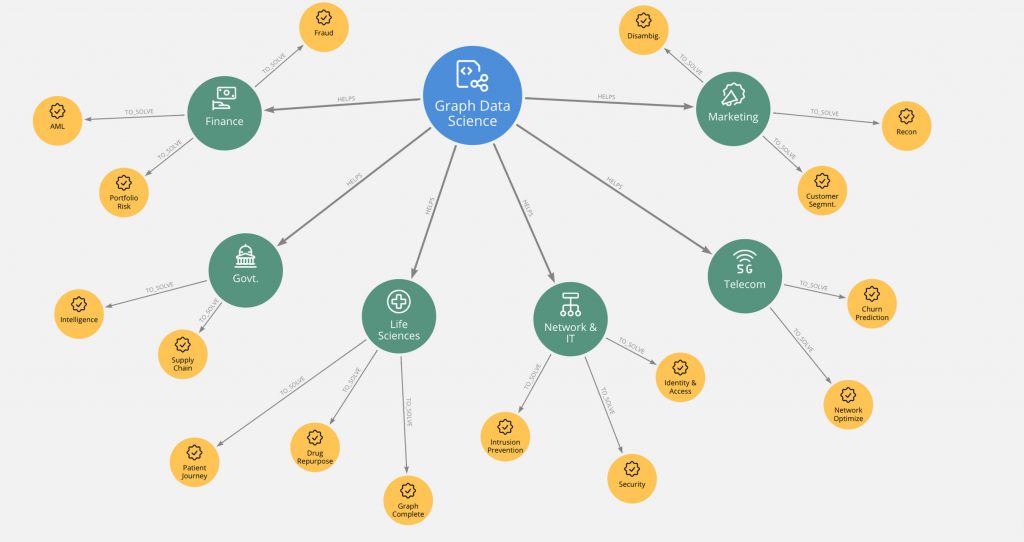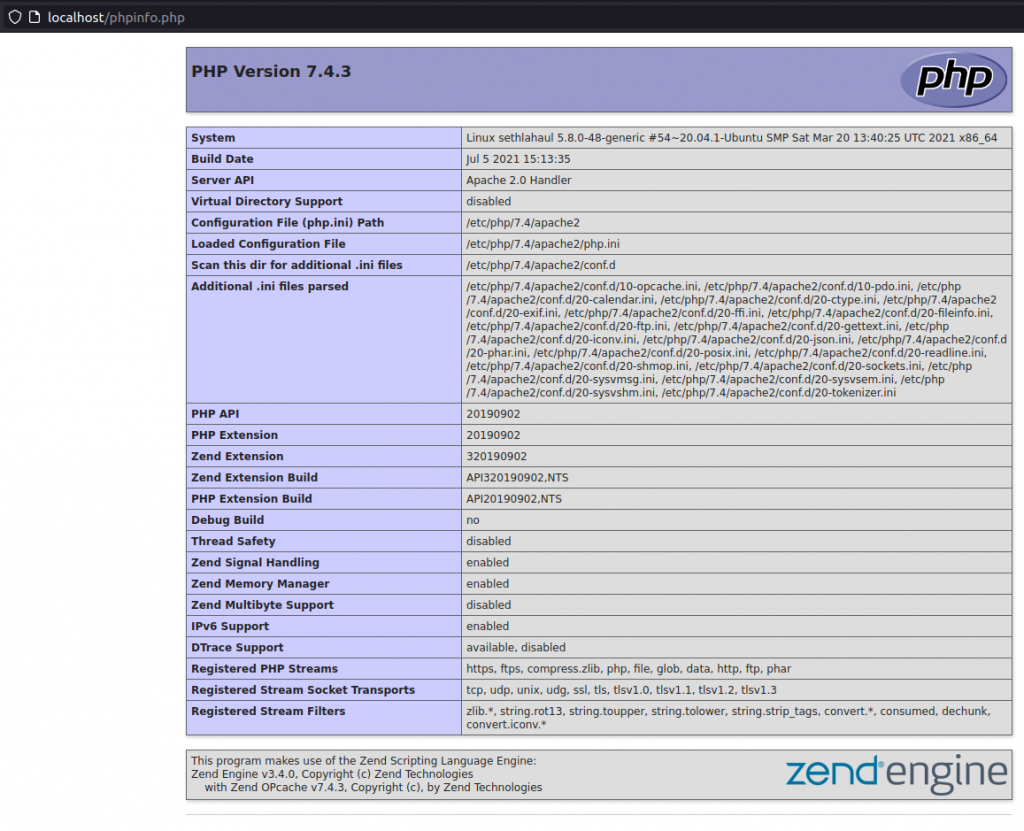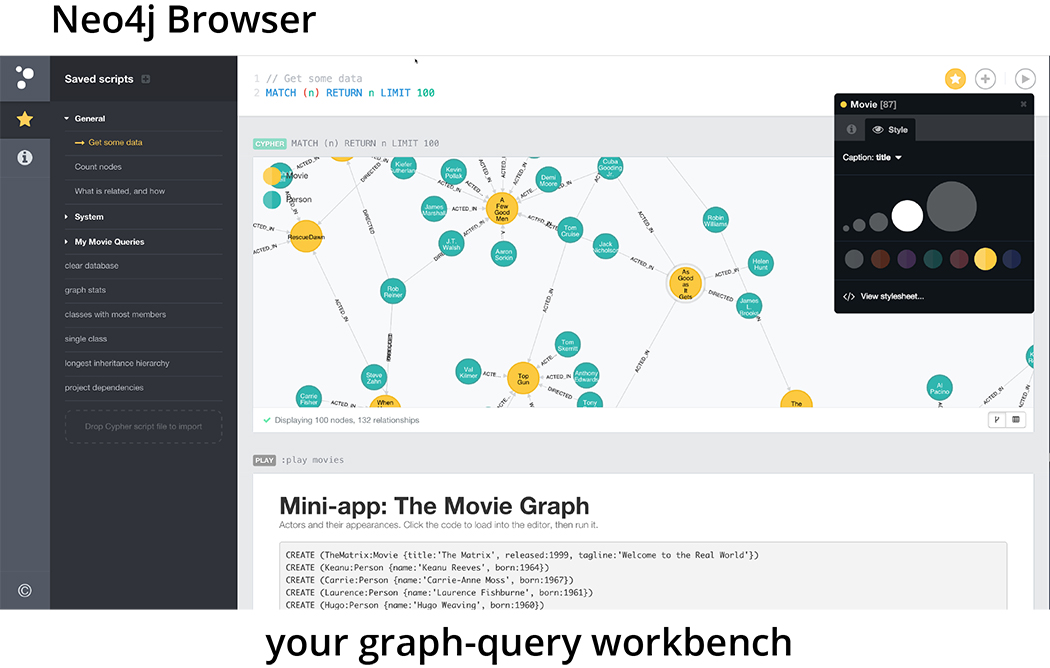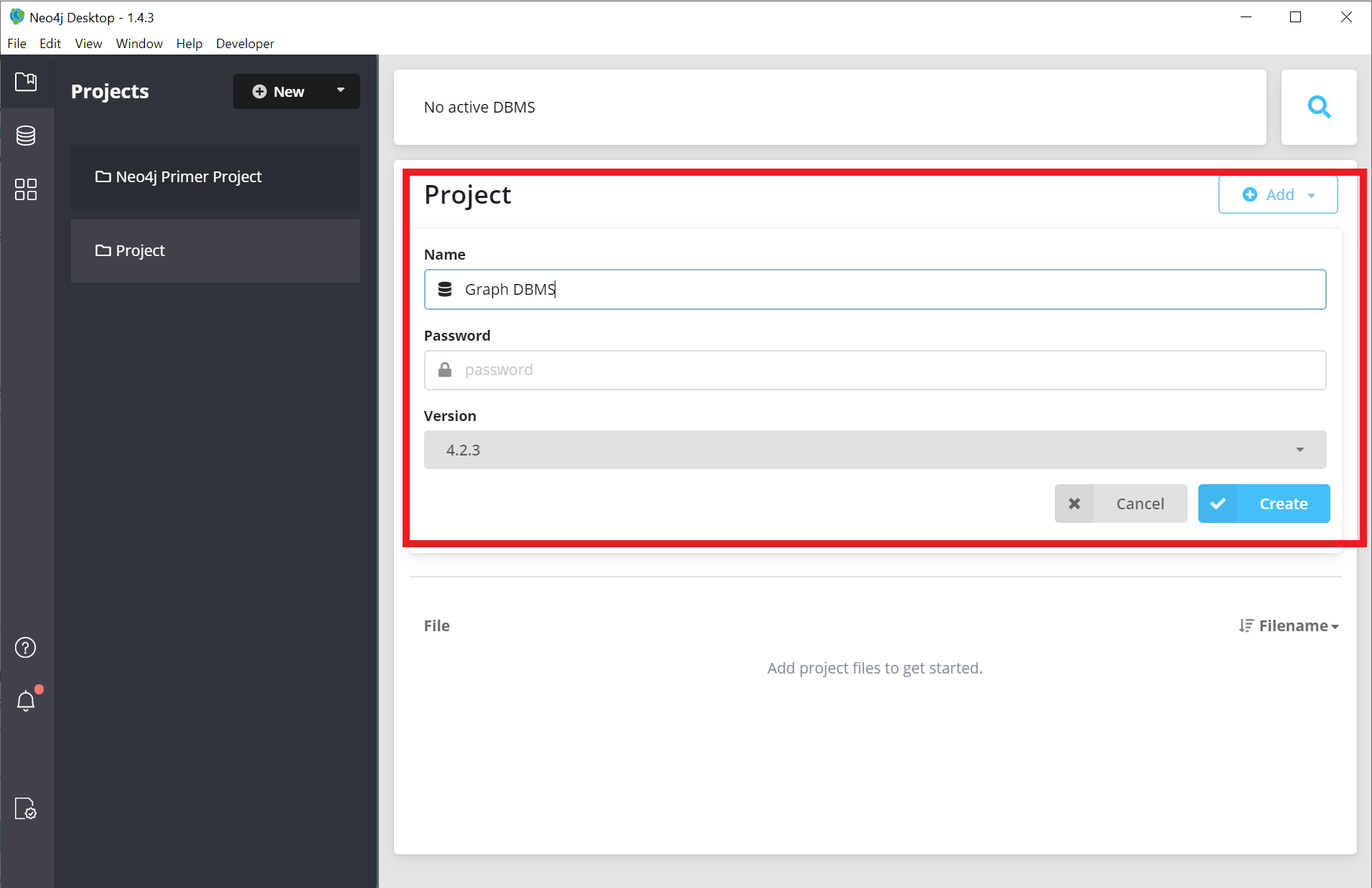

- #Neo4j default password how to#
- #Neo4j default password install#
- #Neo4j default password password#
- #Neo4j default password download#
SHOW DATABASES ĭisplay the status of a specific database To display the status of all databases, run this query. Some queries that you can run using Cypher Shell are listed below. Open the Cypher Shell by entering the below command. You can run queries and administrative commands in the Cypher Shell CLI. The value 0.0.0.0 binds Neo4j to all the IPv4 interfaces available on your system, including localhost. Then press Ctrl+X and enter y to save the changes and exit the editor. $ sudo nano /etc/neo4j/nfįind the line #fault_listen_address=0.0.0.0 and uncomment it by removing # symbol at the beginning. Open the configuration file in the nano editor. You have to edit the configuration file /etc/neo4j/nf to accept non-local connections. The default configuration of Neo4j accepts connections from localhost only. Step 6: Configure Neo4j for Remote Access You can enter the URL in your browser to view the web interface of Neo4j. Then you will be connected to Neo4j as user neo4j.
#Neo4j default password password#
So, you have to provide a new password and confirm the password. Once you enter these credentials, you will be asked to set a new password. The default login credentials for Neo4j are: You will be prompted to enter the username and password. Run this command to open the Cypher Shell. Neo4j provides the command-line tool ‘Cypher Shell’ for running commands and database queries.

Now that you have Neo4j installed and running, let’s configure Neo4j and connect to the Neo4j database. You can check the status of the Neo4j service using this command. To enable Neo4j to start automatically on boot, you can run the following: $ sudo systemctl enable rvice Once you finish the installation, it is required to start the Neo4j service for using it.
#Neo4j default password install#
It will install Neo4j from the Neo4j RPM repository. Now that you have added the repository, run the following command to install Neo4j on your AlmaLinux system. You should see the added repository on the list. It displays all the repositories configured on the system. You can verify the repository using this command. Press Ctrl+X to exit the editor and enter y to confirm the changes. Then paste the following content to the file. You can also use any other editors of your choice. Run the following command to open the file /etc//neo4j.repo in the nano editor.
#Neo4j default password download#
It verifies the integrity of the packages that you will download from the Neo4j repository.Īfter importing the key, you have to add the Neo4j repository to the system. You will need to add the Neo4j RPM repository and import the GPG key from Neo4j to install Neo4j.įirst, run this command to import the GPG key. The official package repositories of AlmaLinux do not provide the Neo4j package. You can verify the change by running the Java version command. Select the number that points to Java version 17 and press Enter. It will prompt you to enter the selection number of the Java version you want to set. You can change the current Java version with the help of this command. If it is showing a different version, there might be other Java versions already installed on your system. It prints the installed version of Java on the system. Next, verify the installation by running this command. $ sudo dnf install java-17-openjdk java-17-openjdk-devel The first step is to install OpenJDK Java 17 on your system.


The latest version of Noe4j requires the Java 17 runtime. Neo4j is written in Java so you will need the Java Development Kit (JDK) installed on your system.
#Neo4j default password how to#
This article will explain how to install and configure Neo4j on AlmaLinux. It is available in two editions: a free community and an enterprise for commercial solutions. It is a highly scalable NoSQL database system developed by Neo Technology. Instead of rows and columns, it uses nodes and relationships to represent data. Neo4j is a popular graph database used to store and manage data in the form of graphs.


 0 kommentar(er)
0 kommentar(er)
